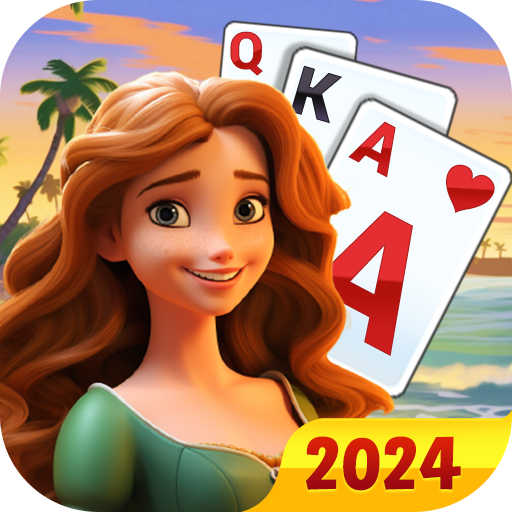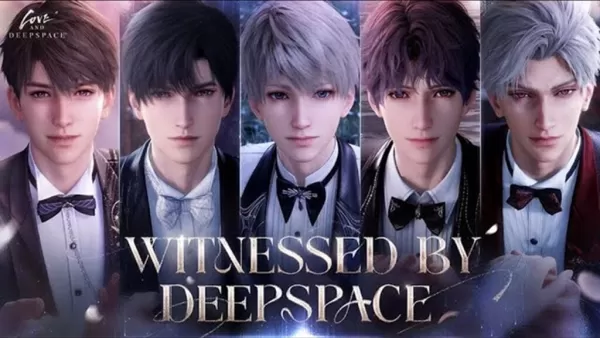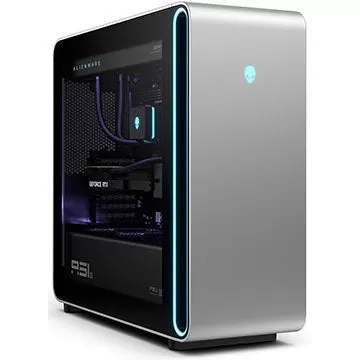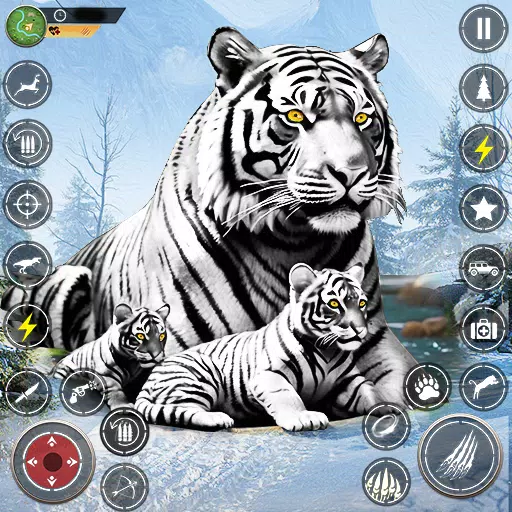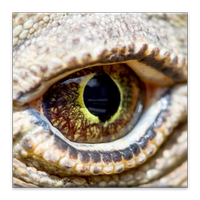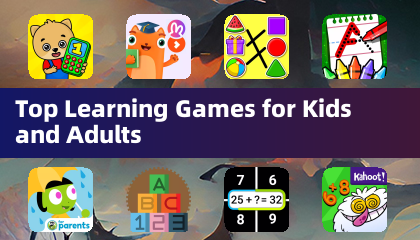Best OLED Display for Gaming Revealed
I vividly remember purchasing my first OLED TV, the LG E8 55 inch, back in 2019, just before the world went into lockdown. It turned out to be the perfect isolation companion. At the time, I was somewhat unfamiliar with OLED (organic light-emitting diode) technology. I knew it used self-lit pixels instead of a backlight like LCD displays, which results in infinite contrast. But it wasn't until I immersed myself in the stunning visuals of Final Fantasy XV and navigated through the gritty landscapes of The Last of Us Part II that I truly appreciated the experience. It felt like reliving a nostalgic fever dream in real time. Naturally, I didn't stop at the E8.
A few years later, I upgraded to the LG C2 65-inch TV, and since then, I've reviewed numerous devices with OLED displays. I've learned that not all OLED screens are created equal, and they don't all use the same technology. You might be wondering, "How many types of OLED are there?" Well, there are quite a few, but the three you should really care about are WOLED, QD-OLED, and AMOLED.
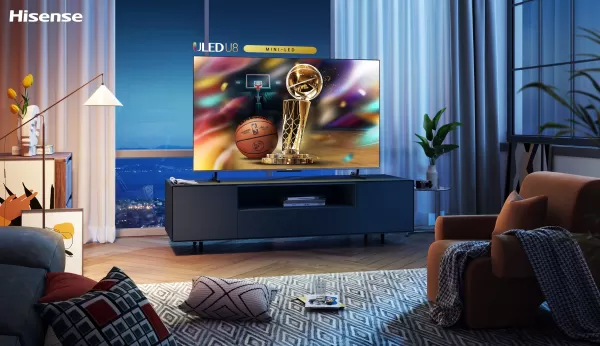 WOLED, QD-OLED, and AMOLED: How They Work
WOLED, QD-OLED, and AMOLED: How They Work
OLED technology has been around for decades, with companies like Kodak and Mitsubishi experimenting with various approaches. It wasn't until LG introduced its OLED TVs in the early 2010s that the technology became mainstream.
LG's version of OLED is called WOLED (White OLED). The company doesn't use this term in its marketing because LG positions itself as the leader in OLED technology. But what is WOLED? As mentioned, OLED uses self-lit pixels to achieve infinite contrast and vibrant colors. However, the compounds in red, green, and blue emitters degrade at different rates, which can accelerate burn-in issues.
WOLED addresses this by using a pure white OLED layer with an RGBW color filter. Instead of individual red, green, or blue pixels, you have white pixels filtered through RGBW. This approach, however, can lead to imbalanced brightness and reduced color volume. Higher-end WOLEDs attempt to mitigate this with Micro Lens Array technology, which uses thousands of microlenses per pixel to focus light more effectively.
In 2022, Samsung introduced QD-OLED (Quantum Dot OLED), which replaces the white OLED layer with a blue one that interacts with a layer of quantum dot color converters. Unlike the RGBW filter, quantum dots absorb light, converting blue into red or green without losing any backlight, resulting in more vibrant colors.
AMOLED, on the other hand, is a distinct category because it includes a thin-film transistor (TFT) layer, which helps control the charge of each pixel, allowing for faster activation. However, this comes at the cost of OLED's iconic "infinite" contrast.
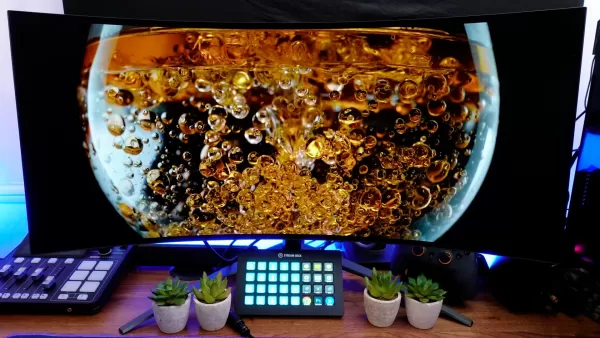 WOLED, QD-OLED, and AMOLED: Which Is Better for Gaming?
WOLED, QD-OLED, and AMOLED: Which Is Better for Gaming?
Choosing the right OLED technology for gaming depends on your specific needs and preferences. If you're looking for a straightforward answer, QD-OLED is generally considered the best. However, there are scenarios where WOLED or AMOLED might be more suitable.
Let's start with AMOLED, which is commonly found in smartphones and laptops. These displays are less common in TVs due to their higher cost. AMOLED is flexible, making it ideal for foldable devices, and it offers high refresh rates and excellent viewing angles. However, they perform poorly in direct sunlight due to lower peak brightness.
For gaming monitors and TVs, you have the choice between WOLED (often marketed simply as OLED) and QD-OLED. WOLED can achieve high brightness with its white OLED layer, but this is limited to whites. The RGBW filter can cause a loss of brightness across other colors. In contrast, QD-OLED displays offer overall brighter visuals and more vibrant colors because the quantum dots absorb light rather than filtering it.
I have my OLED TV positioned in my living room opposite windows, so it faces a lot of glare. Despite this, the darkest parts of the screen still appear black. On the other hand, my QD-OLED monitor on my desk doesn't maintain this black level against glare and instead shows a purplish tint. This is because Samsung removed the polarizing layer from QD-OLED displays to increase brightness, which can increase reflections.
While QD-OLED displays generally offer superior color and brightness, WOLED screens are less distracting in highly reflective environments. However, the actual quality of the displays depends on their specifications. Generally, the more you spend, the better the visual quality you can expect.
But QD-OLED and WOLED may not be the only options for long.
The Future of OLED Is PHOLED
There are several types of OLED, including PHOLED (Phosphorescent OLED), which uses phosphorescent materials to convert energy into light. The challenge with PHOLED is that the blue component has a significantly shorter lifespan than green and red, which can render a PHOLED panel ineffective.
However, LG has recently announced a breakthrough in blue PHOLED technology and is now ready for mass production. LG refers to PHOLED as "Dream OLED" because phosphorescence offers 100% luminous efficiency, far surpassing the 25% efficiency of fluorescence. This means PHOLED TVs will be brighter and consume less power.
While we won't see PHOLED displays in TVs anytime soon, we can expect to see this technology in smartphones and tablets in the near future.
